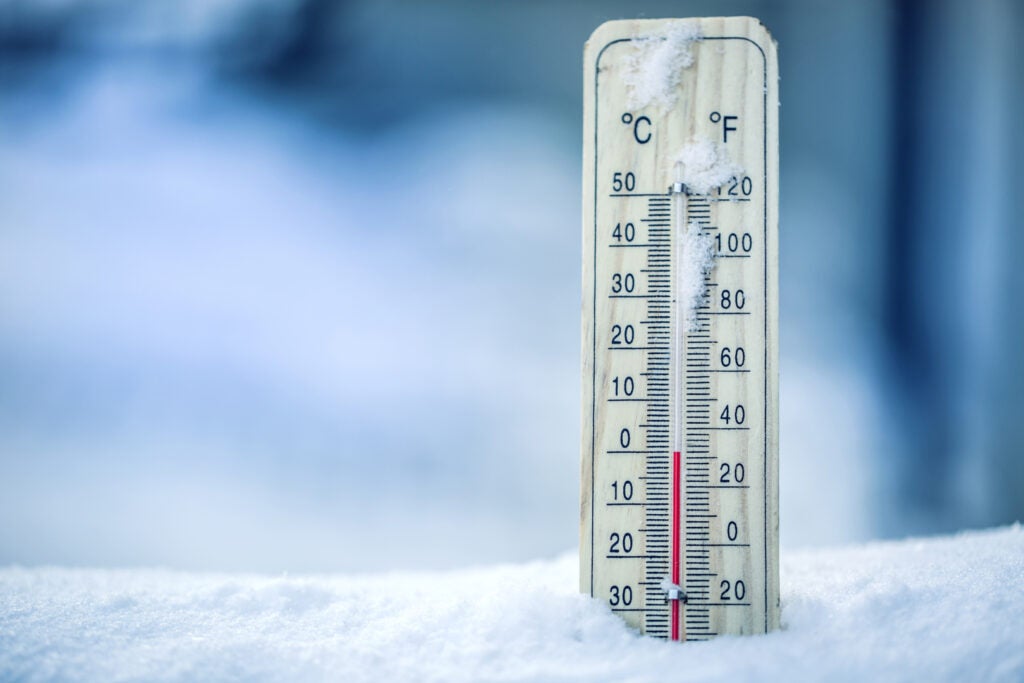
An arctic air blast across the U.S. is driving up heating demand and creating volatile conditions in energy markets.
What Happened: Natural gas futures bounced back Thursday morning, with February contracts climbing by over 2% to $3.71 per million British units.
According to the National Weather Center (NWC), “Periods of locally heavy coastal rains and higher elevation snow continue for much of the northwestern U.S.”
See Also: Mortgage Rates Soar To 6.97%, Applications Crash, Jobless Claims Fall: Thursday’s Economic Data
The next two days will see a deluge of rain and snow over the Northwest. The heaviest moisture will target the northern California coast and Oregon today. The NWC highlighted an isolated threat of flash flooding in these areas.
“Accumulating snow is possible over the highest elevations of the Cascades, Sierra and Northern Rockies,” the NWC added, noting that snow showers will continue in the Northern and Central Rockies, while rain and snow showers expand across the Northwest on Friday.
The Great Lakes region is bracing for heavy snowfall, with isolated areas expecting accumulations of up to one foot. Snowfall of six to 12 inches is also forecast for parts of the Central Appalachians by Friday.
Why It Matters: Winter weather is driving much of the action, and liquefied natural gas (LNG) exports continue to fuel demand as Natural Gas Intel reported.
Natural gas-related stocks posted notable gains by mid-morning Thursday, reflecting optimism about rising demand and cold-driven volatility in the market.
U.S. natural gas prices — as tracked by the United States Natural Gas Fund LP UNG — have risen by 15% over the past month.
Pipeline giant ONEOK Inc. OKE soared 1.57%, trading at $102.28, while Kinder Morgan Inc. KMI, a major natural gas transporter, advanced 2% to $27.94.
Shares of NGL Energy Partners LP NGL rose 1.2% to $5.05. It was buoyed by expectations of increased activity in the natural gas infrastructure sector.
What’s Next: Traders are anxiously awaiting Friday’s U.S. Energy Information Administration storage report.
Withdrawal estimates for the week ended Dec. 27 range from 77 to 159 billion cubic feet, with an average expectation of 127 Bcf.
If realized, the 127 Bcf draw would erase much of the 166 Bcf surplus left after last week’s 93 Bcf withdrawal. For comparison, last year’s pull for the same period was just 35 Bcf, while the five-year average is 104 Bcf.
Now Read:
Image: Shutterstock
Market News and Data brought to you by Benzinga APIs
© 2025 Benzinga.com. Benzinga does not provide investment advice. All rights reserved.



